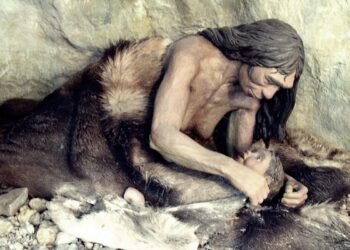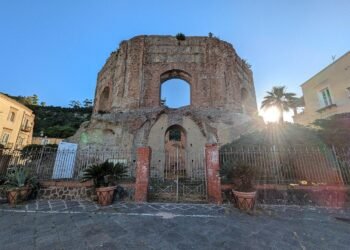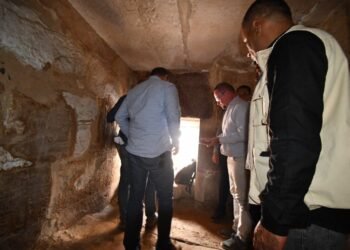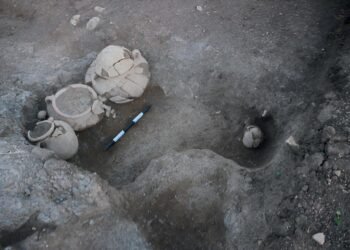Around 700 years ago, well before the Inca Empire’s rise in 1400 CE, a group of people in the Andes Mountains created a unique platform that turned rhythmic stomping into thunderous booms, all in honor of a thunder god.
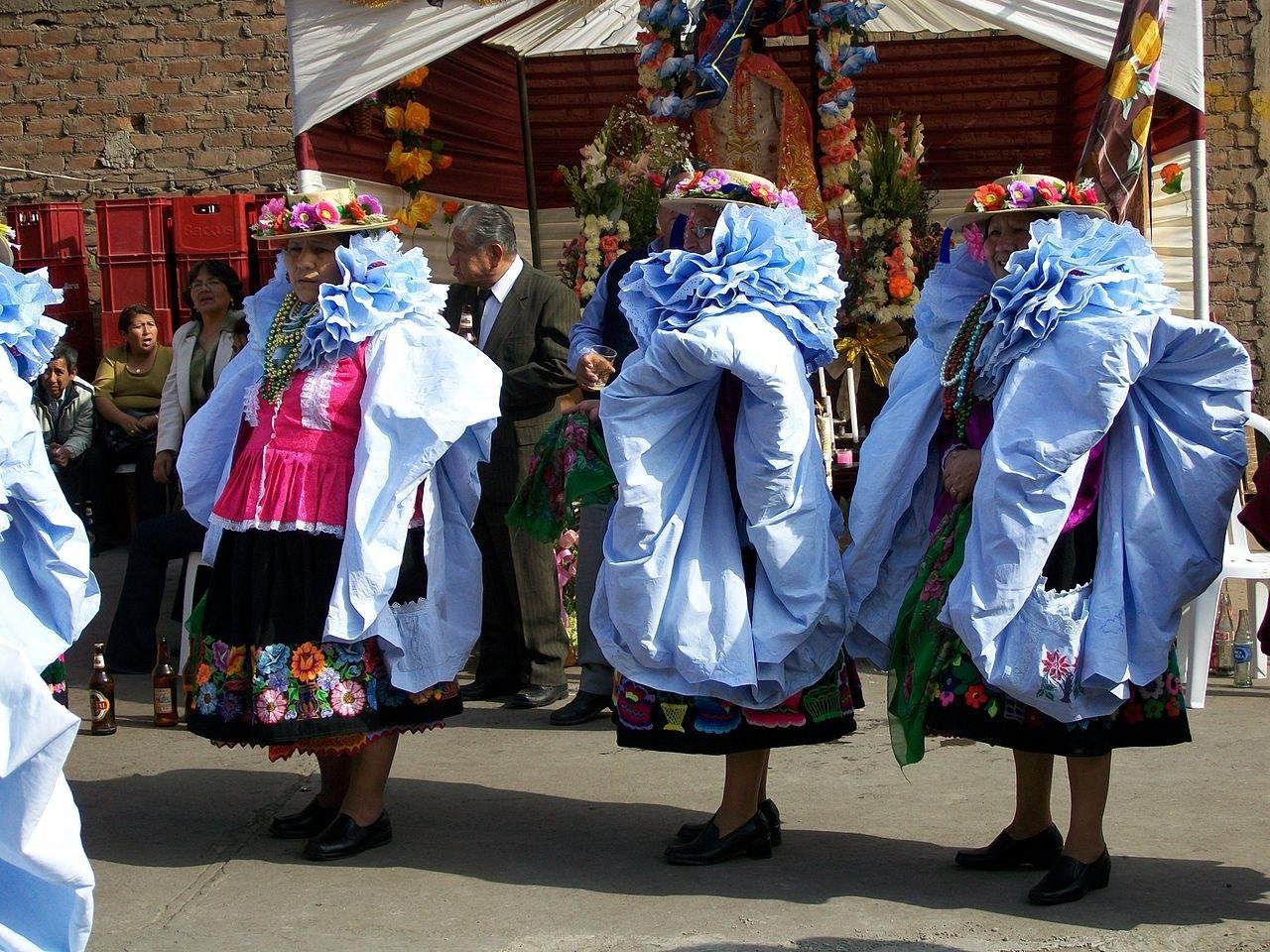
Archaeologist Kevin Lane from the University of Buenos Aires led excavations at the high-altitude site known as Viejo Sangayaico in Peru. This site provided evidence of the Chocorvos, a regional farming and herding group, constructing a reverberating platform.
During excavations in 2014, Lane’s team noticed that one of the two open-air platforms at Viejo Sangayaico sounded hollow when walked upon.
Further investigation revealed six sediment deposits consisting of various materials, including ash mixed with guano (bird droppings). These ashy layers contained small cavities that contributed to the drum-like sounds produced by the platform.
The platform creates a surface that absorbed shocks while producing resonant sounds when people stomped on it.
To test the platform’s acoustics, Lane’s team conducted experiments with different numbers of people stomping on it. The resulting sounds ranged from 60 to 80 decibels, roughly equivalent to a loud conversation or a noisy restaurant.
Larger groups of Chocorvos dancers, potentially accompanied by singing and musical instruments, would have generated even louder sounds.
This ceremonial surface effectively functioned as a massive drum, allowing groups of 20 to 25 individuals to generate thunderous beats with their feet. Lane’s findings, published in the Journal of Anthropological Archaeology, highlight the role of sound and dance in ancient rituals.
Historical Spanish documents mention the Chocorvos’ beliefs in thunder, lightning, earthquakes, and water deities. These supernatural convictions likely inspired ancient ceremonies at Viejo Sangayaico, where stomp dancing aimed to emulate the thunder god’s signature booms.
Supporting this idea, a potential temple near the percussive platform contained pottery pieces adorned with snake images, symbolizing water, rivers, and lightning in the local Quechua language.
Furthermore, the pre-Inca stomp dancing may have influenced dances practiced by the Chorcovos and other Andean groups in the mid-1500s, after the Spanish conquest of the Incas in 1532. The Chorcovos, who had been part of the Inca Empire, later resisted Spanish influence and participated in a resistance movement known as Taki Onqoy.
During these ceremonies, Andean people danced in circles, possibly attempting to connect with the spirits of their traditional deities.
To validate Lane’s theory and explore similar platforms at other ancient Andean sites, researchers can search for guano layers and other elements that create drum-like dance floors.




